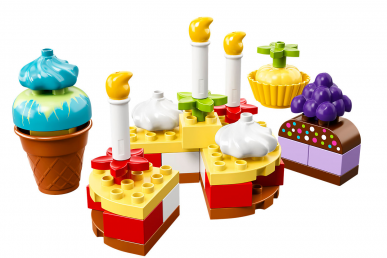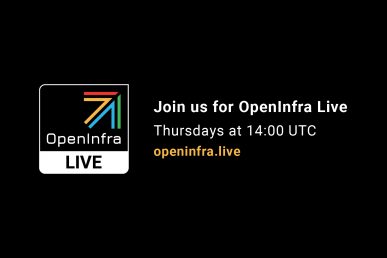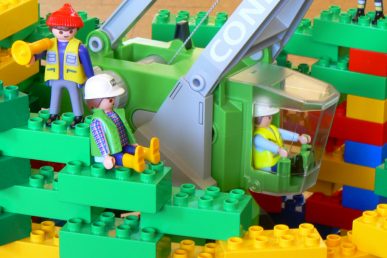At the recent Vancouver Summit, OpenStack project team leads (PTLs) and core team members offered updates for the OpenStack projects they manage, what’s new for this release and what to expect for the next one, plus how you can get involved and influence the roadmap.
Superuser features summaries of the videos; you can also catch them on the OpenStack Foundation YouTube channel.
In this one, the Kata Containers Architecture Committee — Wei Zhang, Xu Wang, Jessie Frazelle, Jon Olson and Eric Ernst — talks about what they’re working on and the roadmap for the first release and beyond.
What
Kata Containers is an open-source project and community working to build a standard implementation of lightweight Virtual Machines (VMs) that feel and perform like containers, but provide the workload isolation and security advantages of VMs.
What’s new
Version 1.0 was released at the Summit, successfully merging Intel® Clear Containers and Hyper runV technologies to provide a single runtime for virtualized containers, delivering the speed of containers with the security of virtual machines (VMs). During the session, the Committee noted that it tackled a few easy as well as harder problems:
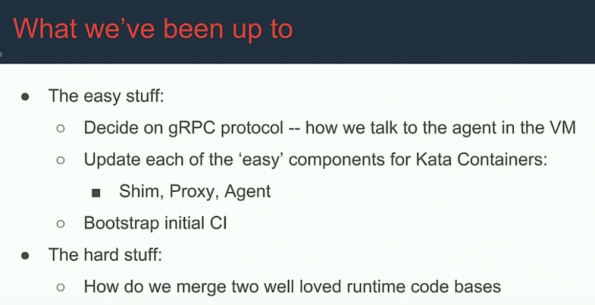
What’s next
Here are some potential updates for 1.0.0 or 1.01, depending on “how many people start kicking things around” says Eric Ernst of Intel.
- Enable Frakti. Frakti lets Kubernetes run pods and containers directly inside hypervisors via runV. It’s lightweight and portable, but can provide much stronger isolation with independent kernel than linux-namespace-based container runtimes.
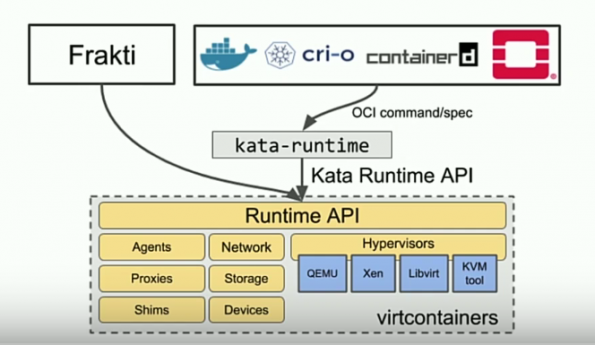
- Enable runv> kata-runtime migrations
- Offer “official” Kubernetes support
- Support end-to-end examples (deploying vanilla Kubernetes on bare metal, Kata under nested virtualization)
Ernst says he had a number of conversations at the Summit with people interested in Kata — some with old kernels or new devices and others were more storage focused– and the community hopes to hear more about how to help. “I really want to focus on real people wanting to use Kata Containers to solve their problems and to really collaborate and make sure it does meet the needs you have. If it doesn’t then get to work really, really quick.”
The more variety of users and contributors, the better he added. “The success of the project from my standpoint depends on the number of people we have contributing and using, the more the better.”
How to get involved
Kata Containers is a fully open-source project––check out Kata Containers on GitHub and join the channels below to find out how you can contribute.
GitHub: https://github.com/kata-containers
Slack: link: https://katacontainers.slack.com ; invite: http://bit.ly/KataSlack
IRC: #kata-dev on Freenode
Mailing list: http://lists.katacontainers.io/cgi-bin/mailman/listinfo
You can check out the whole 40-minute session below.
- Exploring the Open Infrastructure Blueprint: Huawei Dual Engine - September 25, 2024
- Open Infrastructure Blueprint: Atmosphere Deep Dive - September 18, 2024
- Datacomm’s Success Story: Launching A New Data Center Seamlessly With FishOS - September 12, 2024

)




